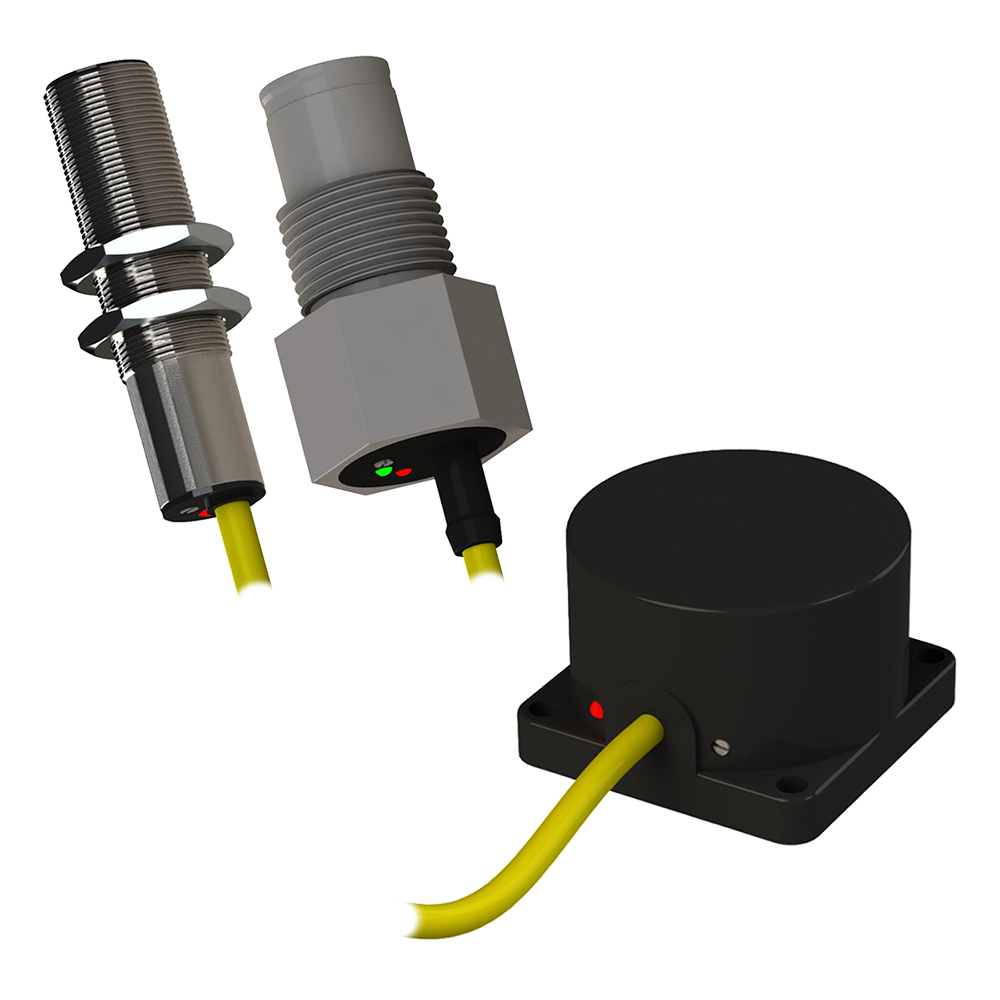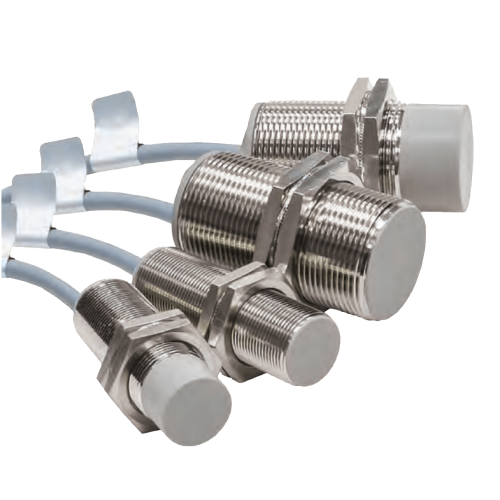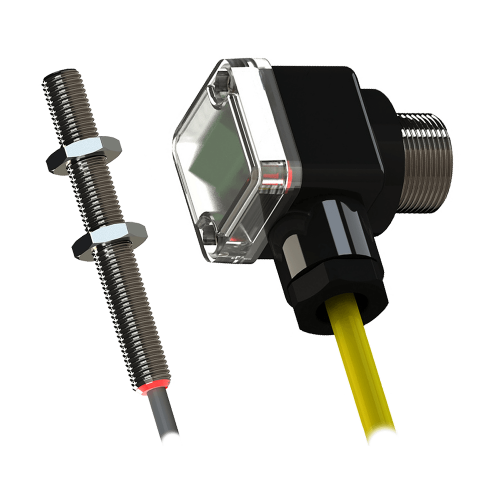Description
Capacitive sensors VB1 are designed for non-contact detection and counting of various objects located in their sensitivity zone. Unlike inductive sensors, capacitive sensors can react to metallic and non-metallic objects.
Application of non-contact capacitive sensors
A variety of objects of influence, causing the operation of capacitive switches, determines a wide range of their application.
Capacitive proximity sensors are used in machine tool building, mechanical engineering, woodworking, metallurgy, pharmaceuticals, paper and food industries and other areas where constant monitoring of the position of objects or checking products for defects is necessary.
Capacitive sensors are most widely used in systems where:
- control of the filling level of tanks, containers, containers with bulk and liquid materials;
- control of the content level in the package or container;
- belt break alarm;
- counting and positioning objects of any kind.
Functional diagram
The principle of operation of capacitive proximity sensors is based on a change in the electrical capacitance of the capacitor, in the zone of which the object enters. When power is applied in front of the active zone of the sensor, which is the surface of an “unwrapped” capacitor, an electric field arises, which is the zone of sensitivity of the sensor. When any material with a permittivity greater than one enters this zone, the capacitance of the capacitor increases, and, accordingly, the state of the sensor output changes.
The sensing distance of the sensor is determined by its design (see the table of designs).
- Please note that this website is for informational purposes only and under no circumstances information materials and prices posted on the site are not a public offer.
- Your order, including the cost and availability of goods, will be confirmed by our manager by a phone call to the number you specified when ordering or by e-mail





